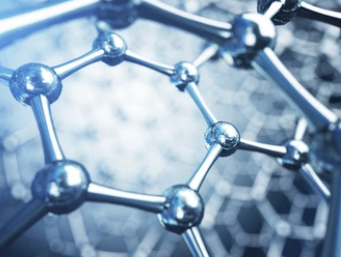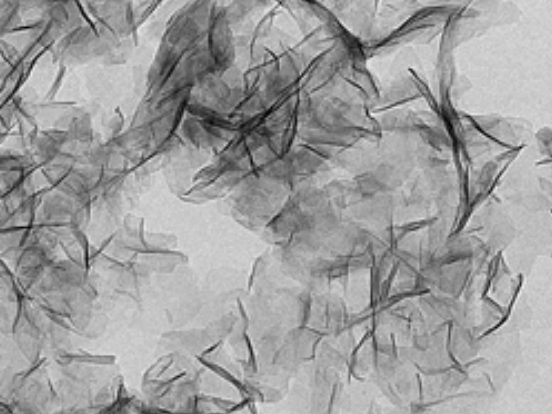Graphene Characterization Using the iEM Platform

Graphene is a carbon-based material with carbon atoms arranged in a hexagonal pattern. The material is composed of lightweight atoms with a highly ordered structure that is atomically thin and chemically inert. Graphene has ballistic transport and high thermal conductivity and is the strongest material ever measured. These excellent properties make graphene the ideal support energy storage, multifunctional nanocomposites, catalysts, electronic and biological devices, and so on. Creative Biostructure is an innovative, quality, and technology solution-driven company. We provide services and expertise in the research application of electron microscopy (EM) and atomic force microscopy (AFM). Based on these methods, we are dedicated to offering the highest quality graphene characterization services to our research clients. Our services can lead to improved characterization, understanding, and synthesis of graphene and related materials.
The Introduction of Graphene
With a unique two-dimensional structure, graphene is characterized by a high specific surface area with superior electron mobility and high thermal conductivity. With these unique properties, graphene as a potential nanomaterial is increasingly used in industrial applications. The electrical properties of graphene have been of great interest, the mobility of graphene carriers (electrons and holes) is very high, making it an excellent candidate to replace silicon in the electronics industry. Since its first isolation in 2004, various methods have been developed to synthesize graphenes, such as chemical vapor deposition, liquid-phase exfoliation, mechanical exfoliation, and epitaxial graphene grown on SiC. Among them, growth on SiC is the main method for preparing single-layer graphene and the chemical routes (based on the oxidation of natural graphite) are regarded as the most promising methods for large-scale graphene nanosheet production. Natural graphite is a cheap and abundant source for obtaining graphene. Moreover, the unprecedented characteristics of graphene are believed to be responsible for its superior performance, and numerous studies have been conducted in the areas of bulk and surface structure analysis, chemisorption capacity determination, and reaction mechanism studies.
Graphene Characterization at the iEM Platform
Various techniques have been used to further reveal the morphology, defects, electrical and mechanical properties of graphene. Among them, EM and AFM have become the ultimate characterization tools for nanomaterials, including graphene, at the atomic level.

- Visualization of the morphology and structure of graphene and graphene-based materials
Both scanning electron microscopy (SEM) and transmission electron microscopy (TEM) are extensively used for the characterization of nanomaterials due to their reliability, and also offer a variety of other characterization methods, such as elemental analysis through energy-dispersive x-ray spectroscopy (EDS). The observation of the morphology, structure of graphene and its related materials using SEM and TEM has provided a wealth of information on their specific properties. At the iEM Platform, we can offer elemental composition detection, element distribution investigation, surface defect analysis services of graphene and graphene-based materials.
- Measurement of the thickness of graphene films
Graphene is a single-atom-thick carbon layer with a regular structure. AFM is a leading method for thickness measurement and layer number counting. Based on high experimental skills, our scientists can apply AFM to yield information on the surface of graphene-based materials. This technique utilizes a sharp-tipped cantilever that is sensitive enough to scan subtle changes in surface heterogeneity, allowing for topographic analysis of the sample. In addition, AFM can be used to measure the surface roughness of graphene, which can offer valuable information on surface area and the active area.
For more information about graphene characterization and analysis, our techniques, or instrumentation, please don't hesitate to contact us. We look forward to talking to you.

